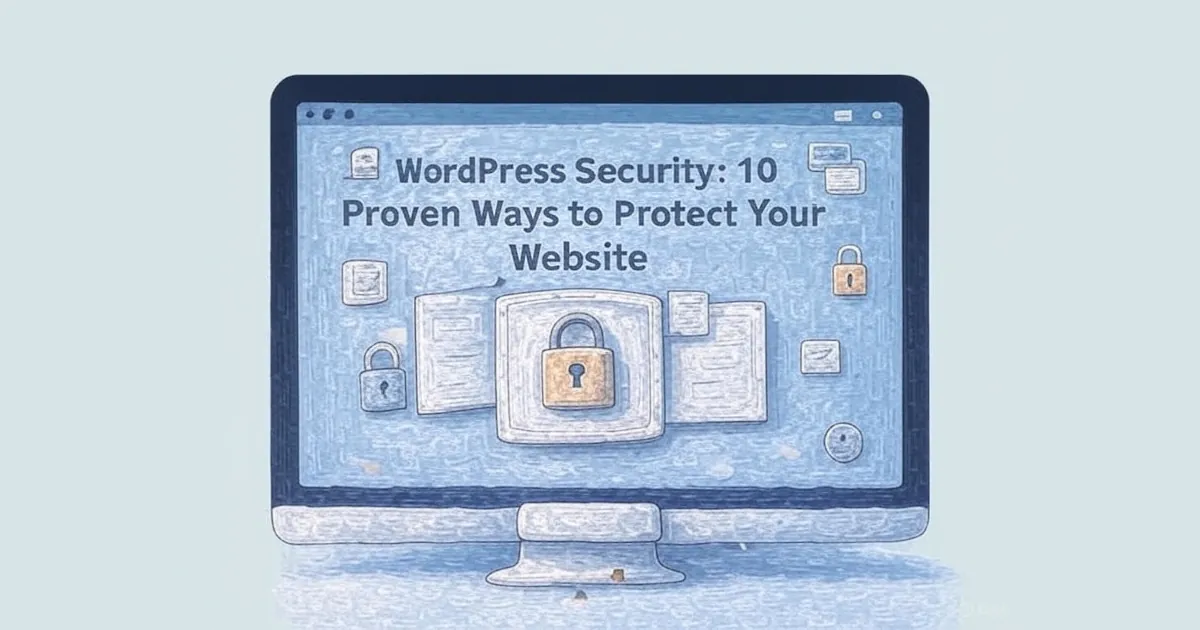WordPress powers over 40% of all websites, making it a prime target for hackers. Follow these essential security measures to protect your website from common vulnerabilities and keep your data safe.
1. Keep WordPress Core, Themes, and Plugins Updated
Outdated software is the #1 reason for hacked WordPress sites. Enable automatic updates for minor releases, and regularly check for major updates. Remove unused themes and plugins to reduce potential vulnerabilities.
2. Use Strong Login Credentials
Never use "admin" as your username. Create complex passwords (12+ characters with mixed types) and consider using a password manager. Implement two-factor authentication (2FA) for an extra layer of security.
3. Limit Login Attempts
Install a plugin like Login LockDown or Wordfence to block IP addresses after multiple failed login attempts. This prevents brute force attacks.
4. Change Your WordPress Login URL
Change the default wp-admin and wp-login.php URLs using plugins like WPS Hide Login. This makes it harder for bots to find your login page.
5. Install a WordPress Security Plugin
Plugins like Wordfence, Sucuri, or iThemes Security offer firewall protection, malware scanning, and security hardening features. Choose one and configure it properly.
6. Implement SSL Encryption
Install an SSL certificate (available for free through Let's Encrypt) to encrypt data between your server and visitors' browsers. This is now essential for SEO as well as security.
7. Regular Backups
Use plugins like UpdraftPlus or BlogVault to schedule automatic backups. Store backups in multiple locations (cloud storage, local computer) and test restoration periodically.
8. Secure Your wp-config.php File
Move your wp-config.php file one level above the WordPress root directory. Add security keys and salts, and set proper file permissions (600 or 640).
9. Disable File Editing
Add define('DISALLOW_FILE_EDIT', true); to your wp-config.php file. This prevents hackers from editing your theme and plugin files through the WordPress dashboard if they gain access.
10. Choose a Secure Hosting Provider
Not all hosts are equal when it comes to security. Look for providers offering features like: server-level firewalls, malware scanning, DDoS protection, and automatic updates.
WordPress security is an ongoing process, not a one-time setup. By implementing these measures, you'll significantly reduce your risk of being hacked. Remember, no site is 100% unhackable, but you can make yours a much harder target than most.
For advanced users: Consider additional measures like web application firewalls (WAF), regular security audits, and changing your database table prefix during installation.

